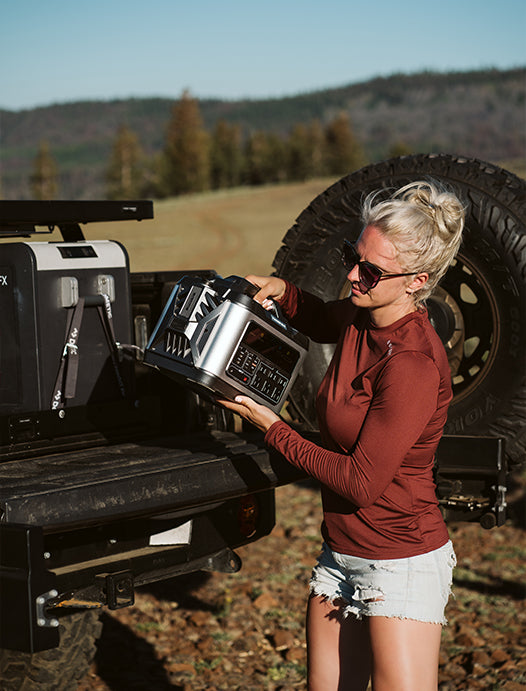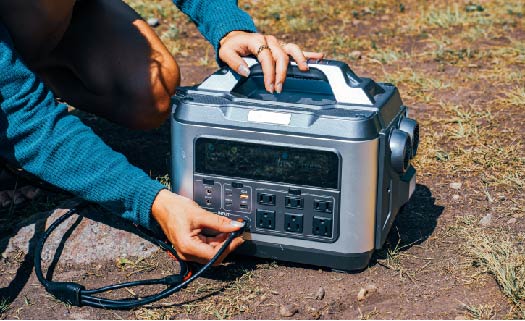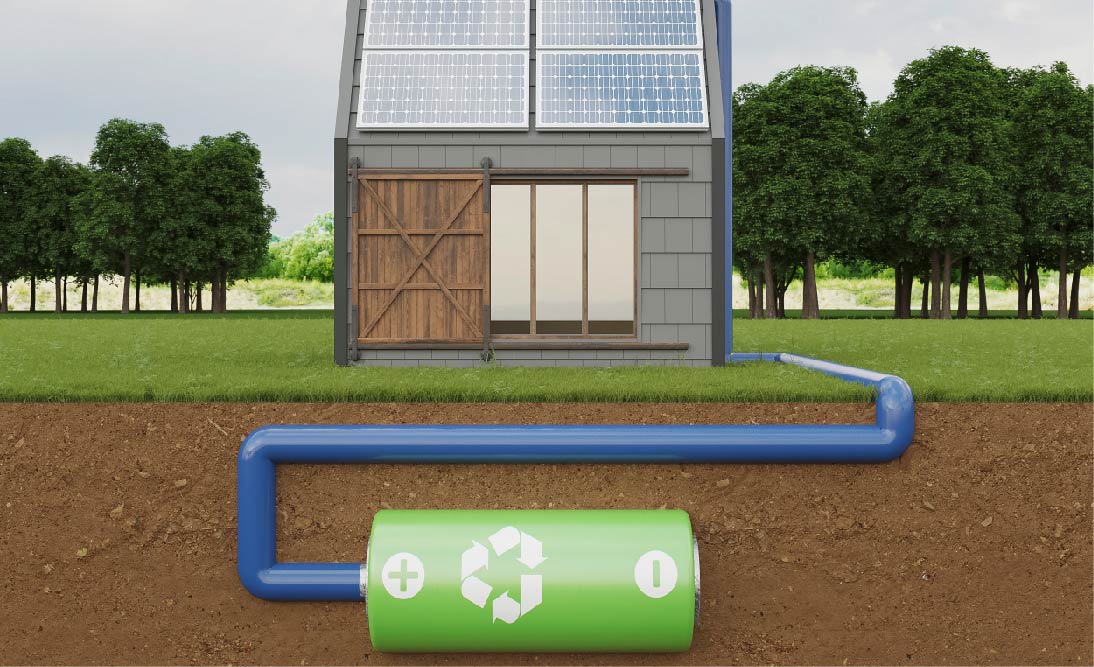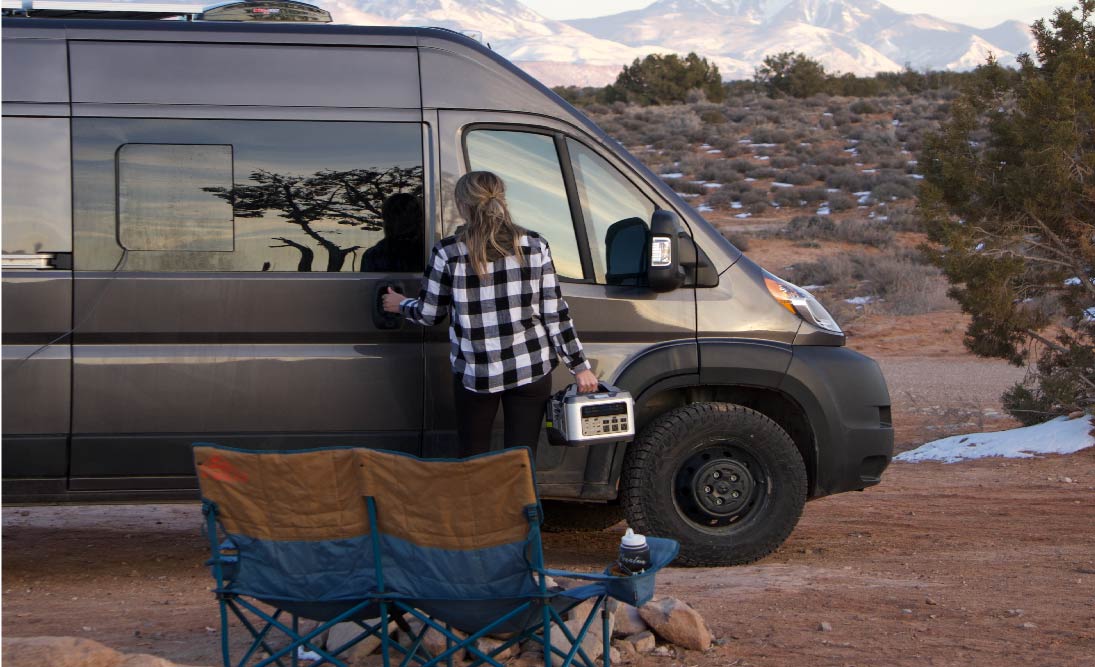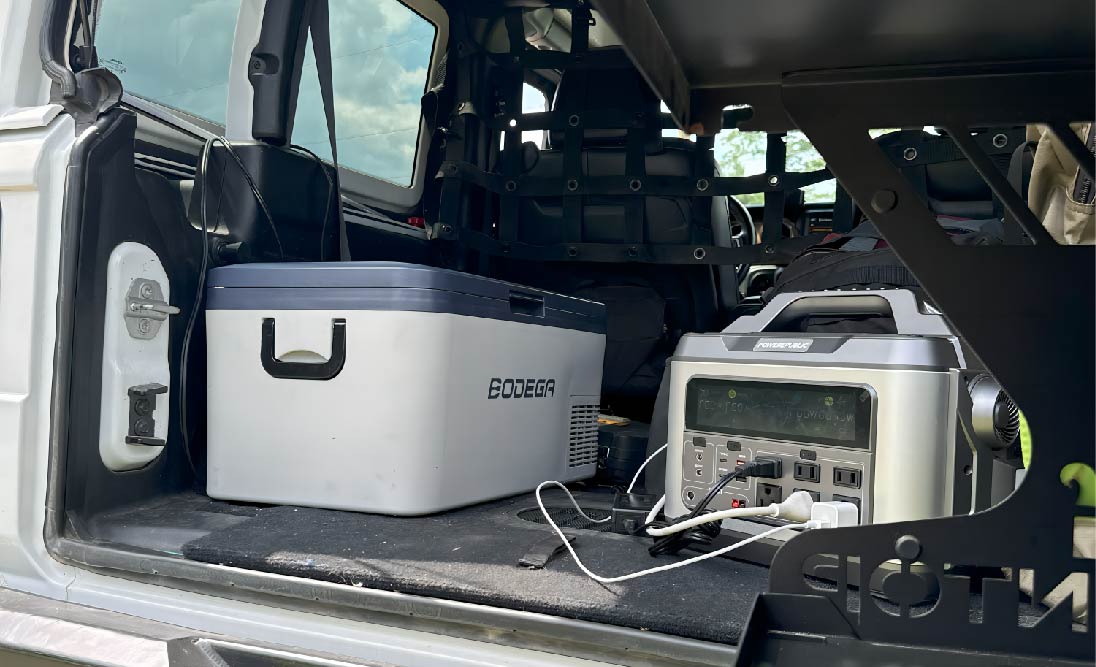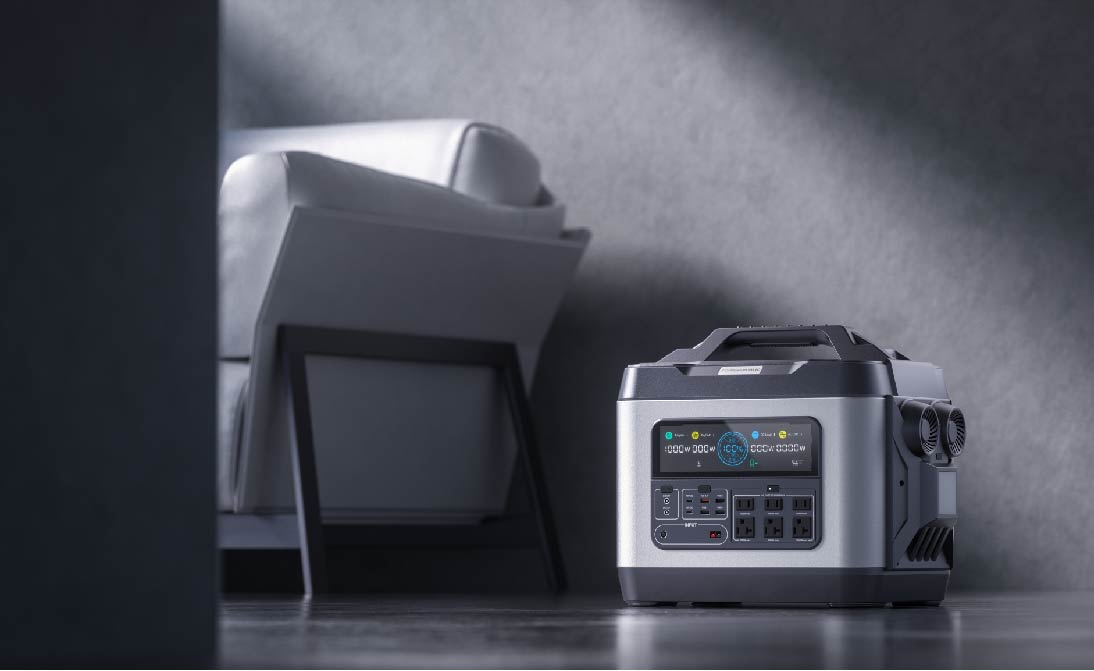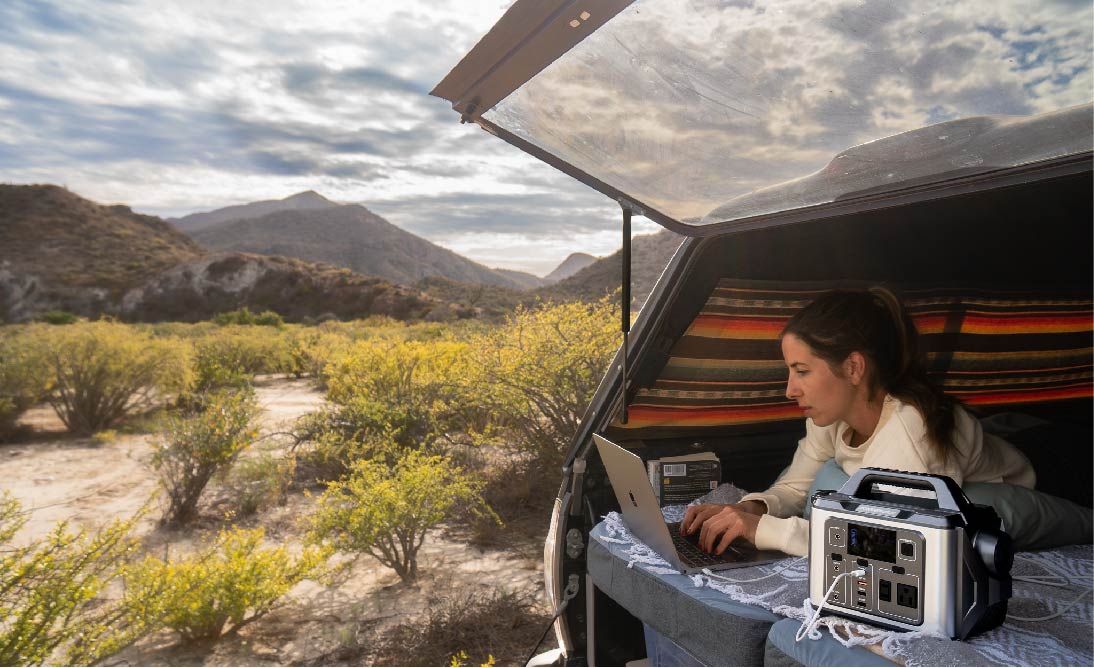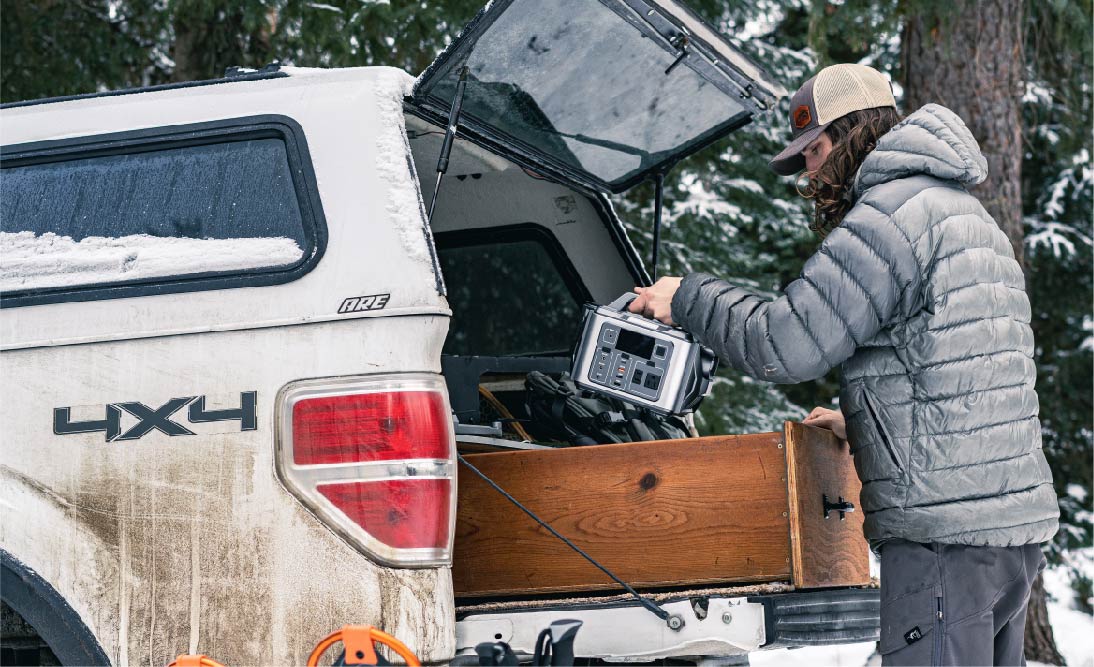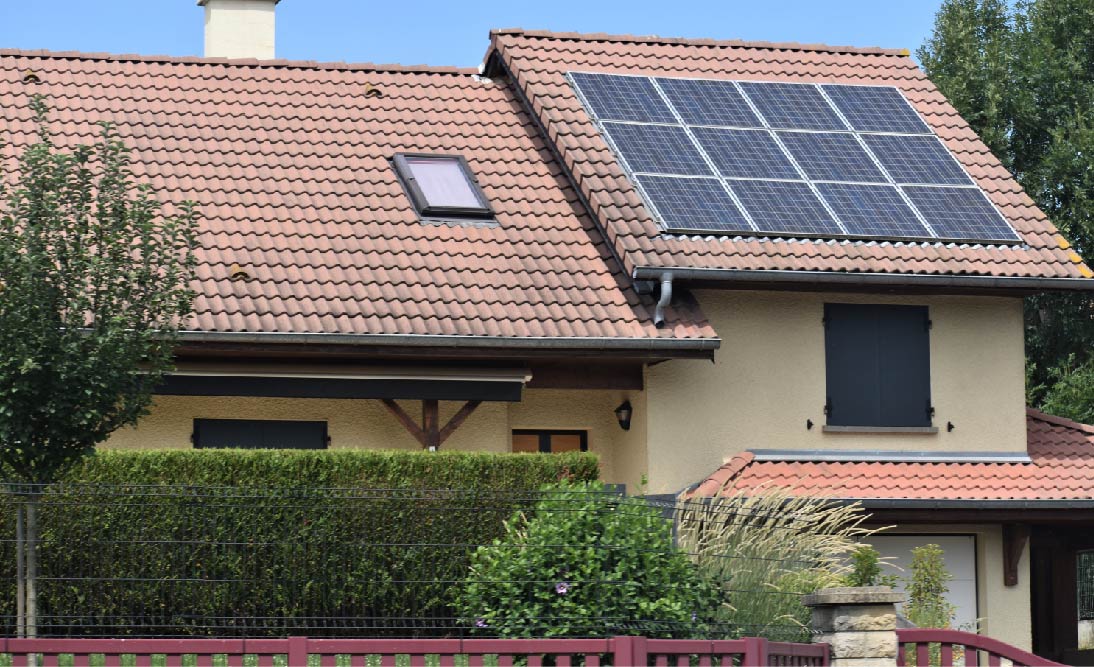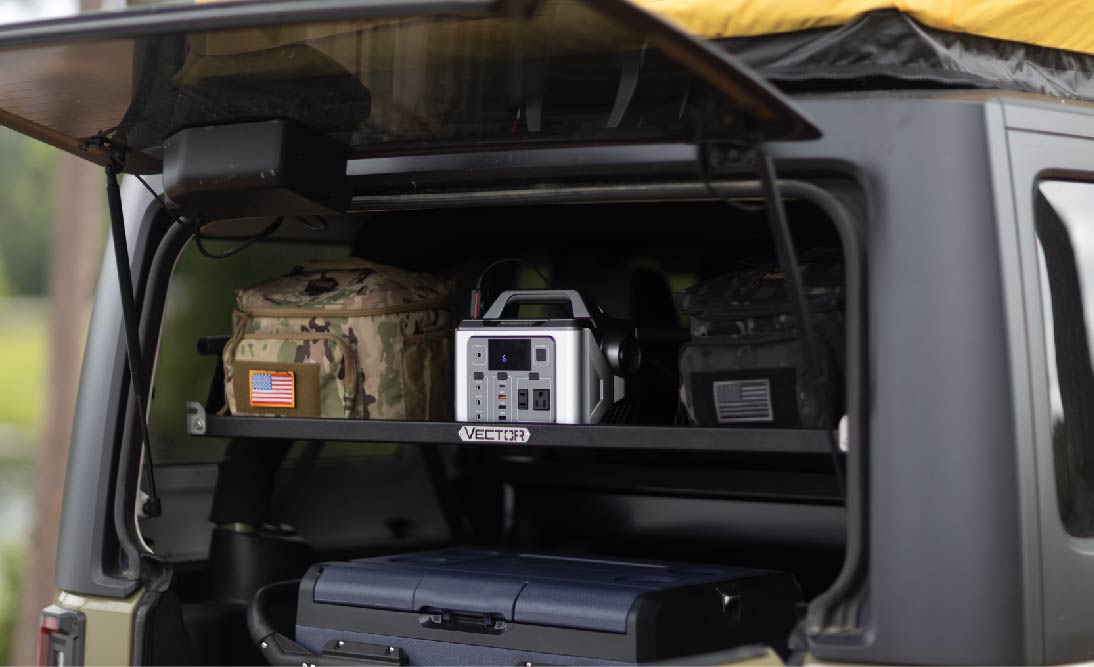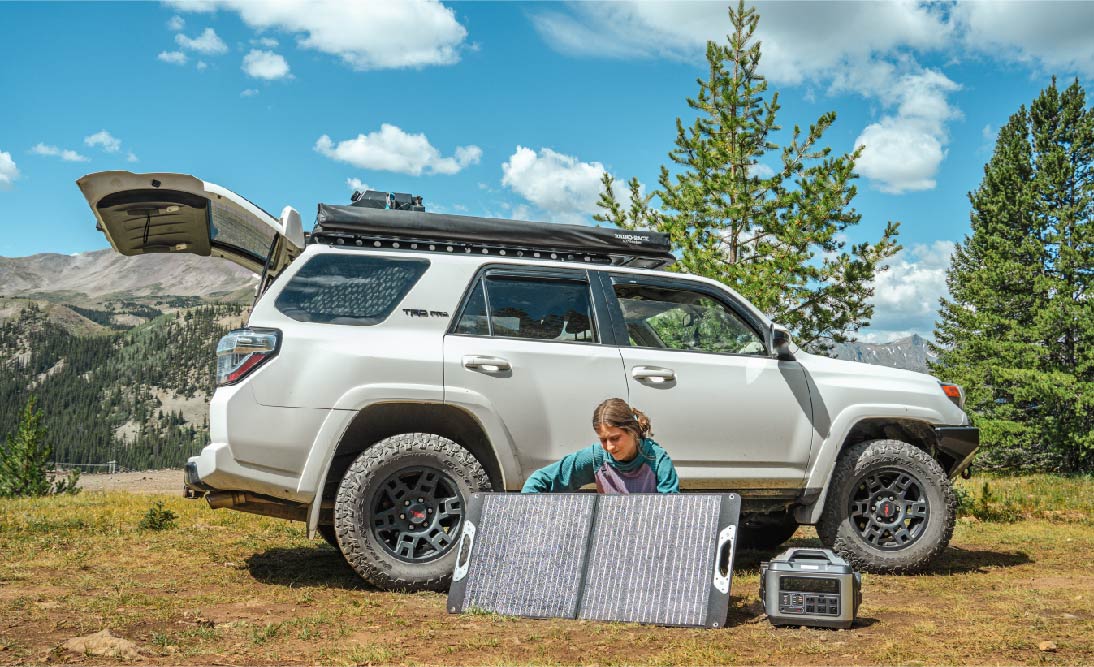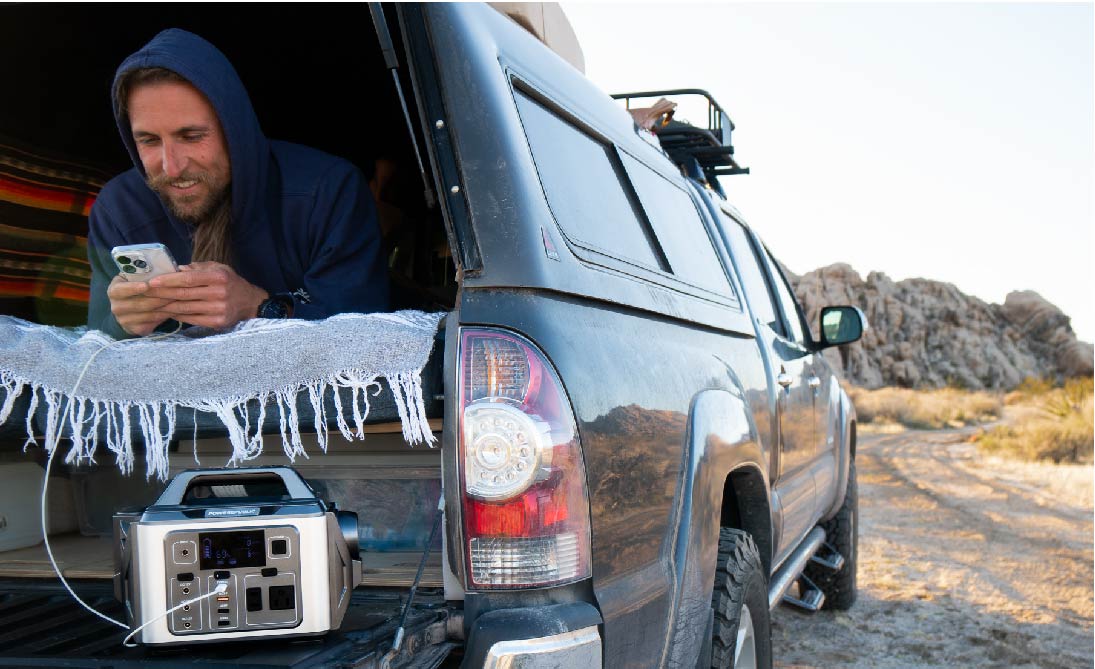Table of Contents:
Portable power stations can be used for camping, overlanding, off-grid living, and many other scenarios where traditional electricity is not accessible or insufficient. The higher the output power and battery capacity, the more powerful and versatile the portable power station becomes. Portable power stations ranging from 300W to 2000W are popular among campers. However, if you're looking for a backup power solution to power some home appliances during power outages, consider a 3000W portable power station.
Although a 3000W portable power station is heavier, its high power output makes it more versatile for use in many scenarios. In this guide, we will explore every aspect of a 3000W portable power station, helping you figure out how to choose the best one for your needs and answering some frequently asked questions.
Let's get started!
3000W Portable Power Station Overview
A 3000W Portable Power Station is a high-capacity, battery-powered generator designed to provide electricity in situations where traditional power sources are unavailable or insufficient. With a power output of 3000 watts, it's capable of running larger appliances and multiple devices simultaneously, making it an ideal solution for emergency power backups, outdoor activities, and off-grid living.

These power stations are typically equipped with a variety of outputs like standard AC outlets, USB ports, and sometimes even DC outputs. They're designed to be relatively portable, although due to their high capacity, they tend to be heavier than lower-wattage models.
How It Works:
-
Power Storage: At the heart of a 3000W portable power station is a large-capacity battery, often lithium-ion or LiFePO4 batteries, which stores electrical energy. This battery is the source of power when electrical outlets are not available.
-
Charging the Battery: The power station can be charged through various means – via a regular AC wall outlet, a car charger, or even through solar panels. The charging time depends on the method and the capacity of the battery.
-
Power Inversion and Output: When power is needed, the station converts the stored DC power from the battery into AC power (similar to the electricity supplied by wall outlets). This conversion is done through an in-built inverter. The 3000W rating refers to the maximum output the inverter can handle, which means it can supply power to several devices at once or to high-power appliances like refrigerators, microwaves, or power tools.
-
User Interface and Management: Most modern power stations come with an LCD screen or a user interface that displays critical information like battery level, input and output power, and remaining runtime. Some also feature advanced controls for power management and even connectivity options like Bluetooth or Wi-Fi for monitoring and control via smartphones.
In summary, a 3000W portable power station is a versatile and powerful device, ideal for providing a substantial amount of electricity in various scenarios, ranging from emergency home backup to outdoor recreational activities. Its ability to store and efficiently provide electricity makes it an invaluable tool in areas where power is inconsistent or for individuals seeking a reliable off-grid power solution.
Benefits and Limitations of a 3000W Portable Power Station
Although a 3000W portable power station is a versatile and powerful device to handle many devices and appliances with high wattages, it has some limitations as well. Let’s take a look at the benefits and limitations of a 3000W portable power station.

Benefits of a 3000W Portable Power Station
-
High Power Output: With a 3000W capacity, these power stations can run larger appliances and several devices simultaneously, making them suitable for emergency home backup or powering heavy-duty tools.
-
Versatility: They are ideal for a wide range of uses, including camping, RVs, outdoor events, and off-grid living. They can power everything from laptops and phones to refrigerators and microwaves.
-
Eco-Friendly: Unlike gas generators, portable power stations produce no emissions, making them environmentally friendly and safe to use indoors.
-
Quiet Operation: They operate silently, which is a significant advantage over traditional gas-powered generators, especially in camping or residential areas.
-
Ease of Use: With user-friendly interfaces, LCD screens for monitoring, and no need for fuel, they are simpler to use and maintain than gas generators.
-
Multiple Charging Options: These power stations can be charged via AC outlets, car chargers, or solar panels, offering flexibility, especially in remote locations.
-
Emergency Preparedness: They are invaluable in power outages, providing a reliable source of electricity to keep essential appliances running.
Limitations of a 3000W Portable Power Station
-
Weight and Portability: Due to their large battery size, these power stations are heavier and less portable compared to lower-wattage models.
-
Higher Cost: The high capacity and output come with a higher price tag, making them more of an investment than smaller units.
-
Limited Power Supply: While powerful, they still have a finite amount of energy and need to be recharged, which can be challenging in prolonged power outage situations or in areas without access to charging facilities.
-
Charging Time: Recharging a large-capacity battery, especially from solar panels, can be time-consuming.
-
Weather Dependent (for Solar Charging): If relying on solar panels for charging, performance can be significantly impacted by weather conditions.
-
Maintenance of Battery Health: To prolong the lifespan, lithium-ion batteries require proper maintenance and storage, particularly in terms of charge levels.
-
Not Suitable for All Appliances: Some high-power appliances, like air conditioners or large heaters, may exceed the capacity of a 3000W power station or drain the battery very quickly.
Overall, a 3000W portable power station offers a powerful, versatile, and eco-friendly solution for various electricity needs, particularly in off-grid or emergencies. However, considerations regarding its weight, cost, and power limitations are essential to determine if it fits specific requirements.
How To Pick Up The Best Portable Power Station?
Choosing the best portable power station involves considering several factors to ensure it meets your specific needs.

Here's a guide to help you make an informed decision, including examples and calculations:
1. Know Your Power Needs
-
Identify the Devices You'll Power: List all the devices you plan to power (e.g., laptop, fridge, lights).
-
Calculate Total Wattage: Check the wattage of each device. For example, a laptop might be 60W, a small fridge 100W, and a light bulb 10W.
-
Add Up the Wattages: Total = 60W (laptop) + 100W (fridge) + 10W (light) = 170W.
2. Figure Out Battery Capacity
-
Measured in Watt-Hours (Wh): This tells you how much energy the power station can store. For the above devices, if you want them to run for 5 hours, you’ll need at least 170W x 5h = 850Wh.
-
Buffer for Safety: It’s wise to choose a power station with more capacity than your calculations to account for inefficiencies and unexpected needs.
3. Determine Output Power (Watts)
-
Ensure Sufficient Peak and Continuous Power: Check that the power station can handle the peak (initial surge) and continuous power requirements of your devices.
4. Look for Port Types and Number
-
Variety of Ports: Ensure it has the types of ports you need (AC, DC, USB, etc.).
-
Number of Ports: More ports allow for charging multiple devices simultaneously.
5. Look for Charging Options
-
AC, DC, Solar, etc.: Flexibility in charging can be crucial, especially in off-grid scenarios.
6. Size and Portability
-
Consider Weight and Size: Especially important for camping or mobile use.
7. Durability and Build Quality
-
Look for Rugged Design: If you'll be using it outdoors or in harsh conditions.
8. Extra Features
-
LCD Display, Wi-Fi Connectivity, etc.: These can enhance usability and monitoring.
9. Budget
-
Balance Cost with Features: Higher capacity and features usually mean a higher price.
10. Scenario Examples
-
For Camping: If you need to power a 60W laptop, 10W lights, and charge phones (5W), a power station with around 1000Wh and 300W output would be suitable.
-
For Home Backup: To run a 500W fridge, 100W TV, and 15W lights, look for a station with at least 2000Wh and 1000W output for several hours of backup.
-
For Off-Grid Living: Consider power stations above 3000Wh with high output wattage (2000W or more) to handle a variety of appliances.
11. Example Calculations
-
Device Requirements: Laptop (60W) + Light (10W) = 70W.
-
Operating Time: 5 hours.
-
Battery Capacity Needed: 70W x 5h = 350Wh (choose a power station with at least 350Wh, preferably more).
So selecting the best portable power station depends on understanding your power needs, and the features you value, and balancing those with your budget. Always opt for a slightly higher capacity than your calculations to ensure you're covered for unexpected needs or inefficiencies.
POWEREPUBLIC 3000W Portable Power Station
For those of you seeking a 3000W portable power station for camping, off-grid living, or during power outages, consider the POWEREPUBLIC T3000 portable power station. Boasting an output power of 3000W and a capacity of 3200Wh, it can power almost 95% of devices and home appliances. This makes it one of the best 3000W portable power stations on the market.

To better understand the functionality of the T3000 model, please refer to the table below, which includes some important specifications and the estimated operation time for various devices and home appliances.
|
Model |
Specifications |
Est.Operation Time(hours) |
|
3000W/3200Wh 6000W Surge Power 15 Different Output Ports LCD Screen For Monitoring Battery Level and Charging Condition LiFePO4 Batteries with 3000+ Cycles 230W Solar Input LED Light On The Side Aluminum Alloy Body Rugged Looking |
Microwave - 1000W: 2.5 hours Refrigerator - 150W: 18 hours Washing Machine - 500W: 5.5 hours Dishwasher - 1500W: 1.8 hours Coffee Maker - 800W: 3.5 hours Toaster - 1200W: 2 to 2.2 hours Vacuum Cleaner - 1200W: 2 to 2.2 hours Hair Dryer - 1800W: 1.5 hours Electric Kettle - 1500W: 1.8 hours Television - 100W: 27 hours |
-
Operation Time(h)=3000Wh*0.85/Power of the item(W)
-
Hope the table above will give you a general idea about the capability of a 3000W portable power station. If you are searching for one, the T3000 model would be an ideal choice for you.
-
POWEREPUBLIC has a 4.5 out of 5 rating on Trustpilot.
FAQ I: Can a Portable Power Station Run a Refrigerator?
Answer: Yes, a portable power station can run a refrigerator, but it depends on the power requirements of the refrigerator and the capacity of the power station. For instance, a typical home refrigerator requires around 100-800 watts when running. However, the starting surge power can be significantly higher, sometimes around 1200-1500 watts.

If you have a portable power station with a capacity of, say, 1000Wh (watt-hours) and a continuous output of 500W, it could run a refrigerator that requires 150W for about 6.6 hours (1000Wh divided by 150W). But remember, if the refrigerator needs a surge power of 1200W to start, the power station must be able to handle this surge.
FAQ II: What’s the Lifespan of a Portable Power Station?
Answer: The lifespan of a portable power station largely depends on its battery type and usage. Most portable power stations use Lithium-ion batteries. These batteries typically last for about 500 to 800 charge cycles before their capacity starts to degrade noticeably.

For example, if you use and recharge the power station every day, it would last approximately 1.5 to 2 years before its efficiency begins to decrease. However, with less frequent use, it can last much longer. Regular maintenance and proper storage can also extend its lifespan.
FAQ III: Can I Use a 3000W Portable Power Station To Run an Entire House?
Answer: It's possible to use a 3000W portable power station to run an entire house, but this depends on the total power consumption of your household appliances and for how long you need to run them.

Let's say you have a 3000W portable power station with a capacity of 3000Wh. This means it can deliver 3000 watts for one hour, or any combination that multiplies to 3000Wh. If your household appliances (like lights, a fridge, a TV, and a few small appliances) collectively consume 500W, the power station can run these for about 6 hours (3000Wh divided by 500W). However, larger appliances like air conditioners, electric heaters, or electric stoves may consume more power than the station can supply or drain its battery rapidly.
In summary, while a portable power station can be a great backup for certain appliances and for a limited time, it might be sufficient to run a small cabin but might not be sufficient to run an entire house with all its appliances for an extended period.
Final Thoughts
In conclusion, a 3000W portable power station, such as POWEREPUBLIC T3000, offers a remarkable blend of high power output, versatility, and eco-friendliness, making it an ideal choice for a variety of needs ranging from camping and off-grid living to emergency home backup. These power stations are capable of running several devices simultaneously, including larger appliances like refrigerators, making them a reliable source of electricity in situations where traditional power sources are unavailable or insufficient. While they come with limitations such as weight, cost, and finite power supply, the benefits far outweigh these factors, especially in terms of emergency preparedness and convenience.
The key to making the most out of a 3000W portable power station lies in understanding your power needs and choosing a model that best fits those requirements. Whether for recreational outdoor use or as a backup power solution for your home, a 3000W portable power station stands as a powerful, versatile, and sustainable option in today's energy-dependent world.
Explore more about POWEREPUBLIC Portable Power Stations!
